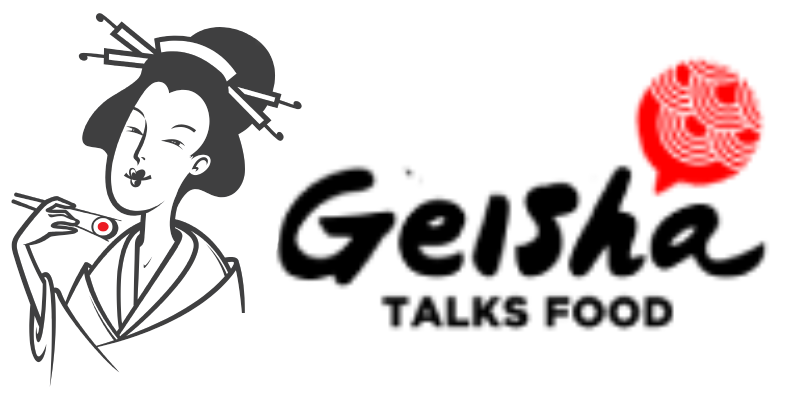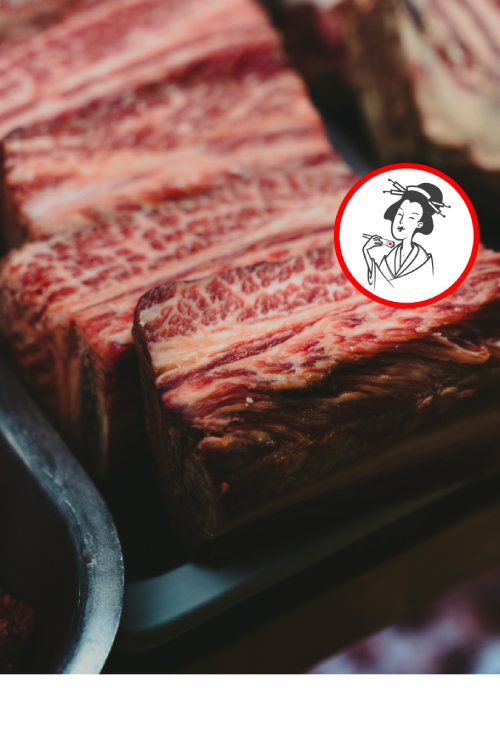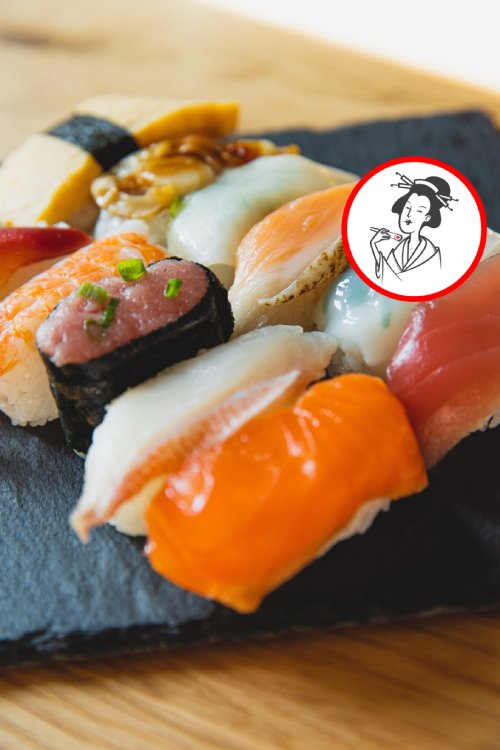What is Mochi (& icecream)?
Mochi is so diverse, just as cake can be cheese cake, chiffon cake, and flourless, and people outside of Japan don’t really know that. In this post, you will learn all about Mochi from an authentic Japanese point of view. It also comes with exclusive fun and practical Geisha Tips!, so you can enjoy your next Mochi like an expert.
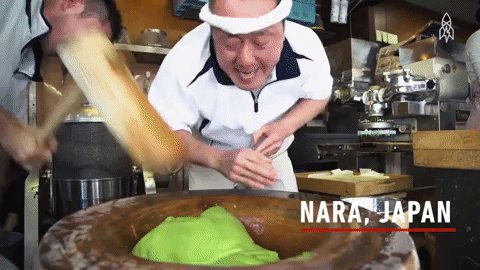
This is not a suicide whack-a-mole game. It is just a way Mochi is made and sadly there are people who lost a hand because of this. Japanese people love Mochi so much that at least one person dies from Mochi suffocation every year. Fluffy like my chubby cheeks, chewy in texture and filled with tasty filling. This is Mochi. Most of you probably have tried Mochia and think you know what Mochi is, but have you heard of these varieties?: Mochi with a whole strawberry inside; Mochi with Edamame filling;Savory Mochi drenched in Soy sauce and covered in seaweed; Green grass mochi; Mochi wrapped in a sakura leaf; Mochi with Miso and walnuts; Mochi grilled to perfection and stretches like cheddar cheese.
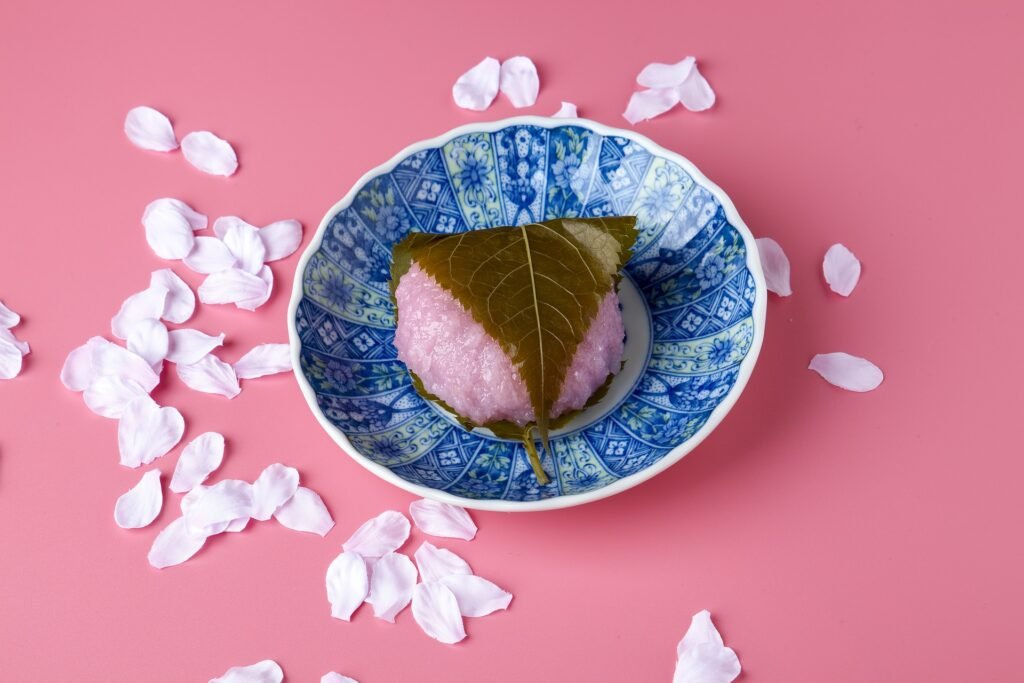
The point is Mochi in Japan is like cake in the west. It’s not one fixed thing. Cake can be chocolate cake, cheese cake, with or without fruits or icing. It can be anything and Depending on the type, it tastes completely different. You can think about Mochi the same way. So what is Mochi then? There is at least one common feature: the dough is made of sticky glutinous rice, or Mochigome, and there is often filling. This is not to be confused with Dango, which uses the same rice but in a powder form, and is covered with sauce instead of filling. You can say that’s a cousin of Mochi. There’s also Daifuku, which is Mochi but with thinner skin. The most standard mochi comes with red bean paste inside. Red bean paste is the most important element of Japanese sweets and you should know the main two categories: “Tsubu An” and “Koshi An”.
The only difference between the two is “Tsubu An” is coarsely ground and you can feel some bean chunks in the paste, while “Koshi An” is finely ground so it’s very smooth. It’s like orange juice with or without pulp. Same idea. And I have to tell you one more thing. People may have an impression that half the Mochi out there is Mochi icecream. The truth is Mochi icecream didn’t come into existence until 1980s and to this day it represents only a tiny portion of the total Mochi market in Japan. Basically Mochi icecream is more popular outside of Japan. Now that you know what Mochi is let me give you fun and practical Geisha Tips.
5th place. Zunda Mochi (Aka Edamame paste filling Mochi). This is a speciality of Miyagi prefecture and Sendai city, but it’s widely available across Japan. I just love that you can taste that green and young raw flavor of Edamame. Instead of red beans, they use Edamame so the filling is green in color. Don’t confuse this with green beans in Chinese desserts. Like in a sweet green-bean soup or found in chinese Mochi. Green beans there come from Mung beans, but Zunda Mochi uses edamame.
4th place. Bota Mochi. This is the type of Mochi that preserves the shape of glutinous rice grains, and thus does not go through the whack-a-mole beating process. They usually put the paste outside instead of filling inside so that the rice doesn’t stick to your hand. It is almost like eating sticky rice in a Thai restaurant and fun to eat Bota Mochi.
3rd place. Whole strawberry Daifuku. I don’t have to say much on this. I am getting thirsty.. no hungry just by thinking of Strawberry Daifuku. Japanese strawberries taste so different and if you eat this, you can experience both. I like how it is not too sweet because most of the filling is a strawberry, leaving only little space for red-bean paste.
2nd place. Kusa Mochi. This one is so underrated and people overseas don’t really know about it. “Kusa” simply means grass. Kusa mochi skin has this herbal grass called yomogi that grows in the wild in its Mochi skin. That’s why the rice skin looks green. I just think the herbal light minty taste goes perfectly with the red bean filling.
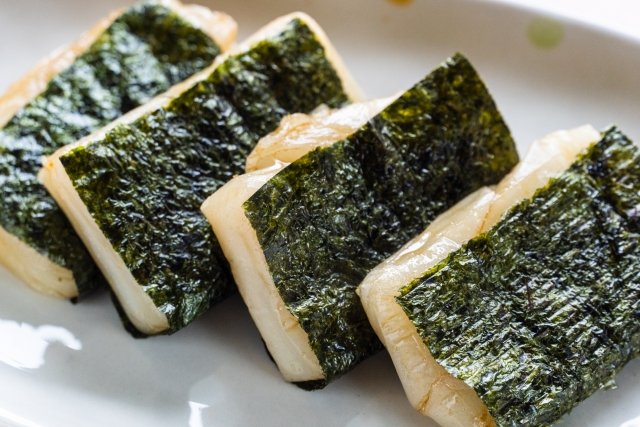
1st place. Isobe Mochi (Yaki). This one is truly unique and markedly different from all of the aforementioned – a freshly grilled mochi drenched in sweet soy sauce and wrapped in crispy seaweed. I just love the combination of savory soy coupled with sweet sugar. And when the mochi is chargrilled with a bit of burning, it’s crunchy on the outside and gets so soft and stretches like cheese inside. Just trust me and try!
Geisha tips #2
You might be thinking. How the heck are we supposed to get these varieties of Mochi from an authentic shop. Don’t worry I got you covered. There is an easy way.
You can just go to “Depa Chika”, or the basement of department stores. Major department stores usually invite well-known food and dessert vendors to set up stalls. You can’t go wrong if you get food or dessert items from these stalls. The only exception is Isobe Mochi. Since the Mochi needs to be freshly chargrilled, you probably need to go to outdoor stalls or shops near temples to find it. And the last geisha tips. You really got to eat Mochi with a cup of green tea to get the full experience. Mochi is very sweet because it is designed to be eaten with a cup of green tea. If you eat Mochi alone, it is just too sweet. Plus green tea enhances the Umami of Mochi and its filling. Hope that was helpful. I try to make content that goes deeper than the surface and makes your Japanese food experience more and more enjoyable. So make sure to subscribe and join the community.
